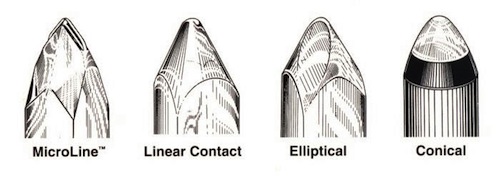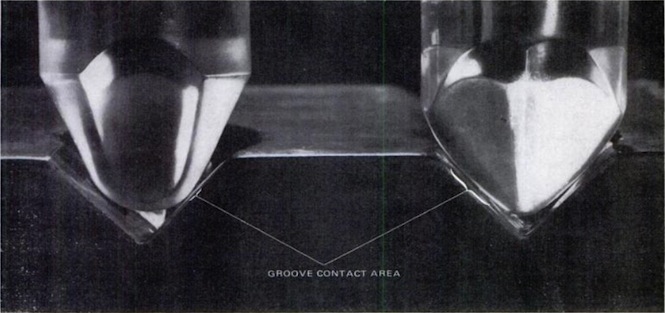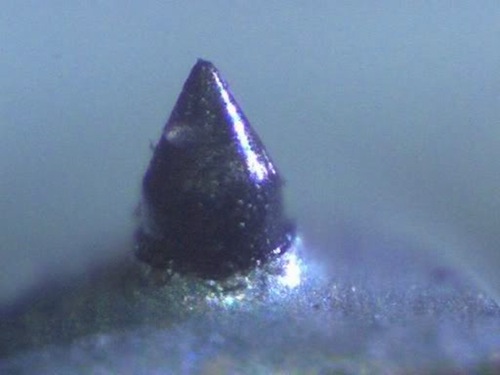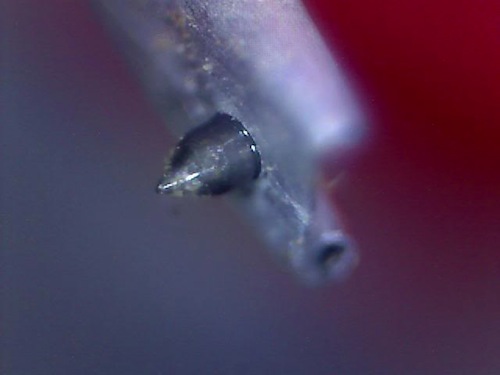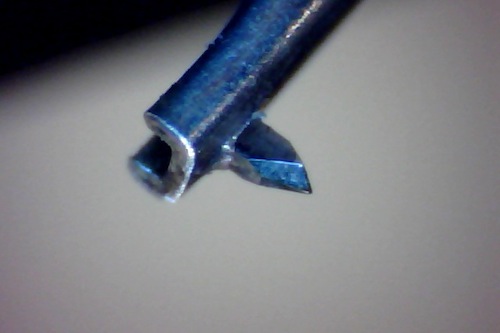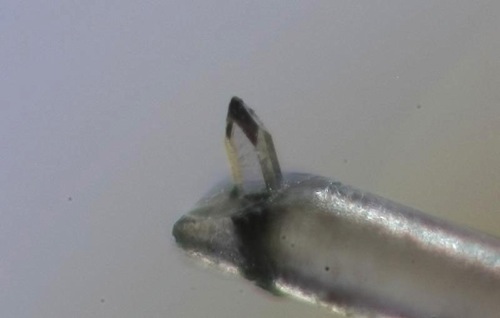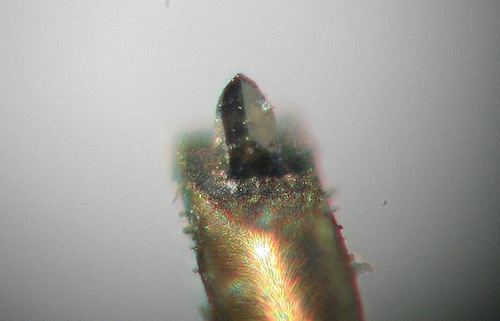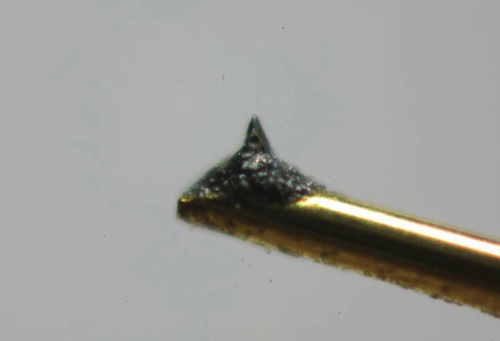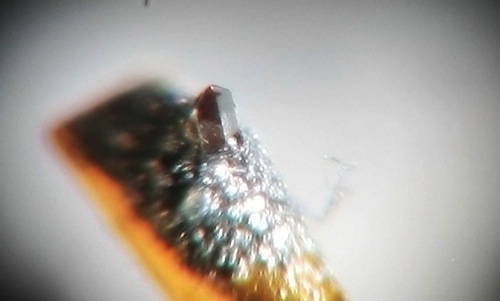]eep
Headphoneus Supremus
carts exhibit vastly different behaviour once called upon to track high amplitude low frequency signals
Isn't that just plain logical? How do you make a tuningfork resonate? Get the mass exited with a max amplitude tug or apply the frequency.
If the cartridge exhibits gross non linearities anywhere within its operating range - not just within its spec or 20Hz-20kHz range - it will noise on vinyl .
And this also. But I wouldn't call it vinyl noise as such. It is non-signal related resonance induced by excitation from,... well anything that gets it excited (save porn I guess
Now I am playing an EMI Columbia SAX 2486 (3rd ed stamp), it looks absolutely squeaky clean (washed and treated), and still ticks all over the music like a rangers dog. Really annoying since the music is so absolutely wonderfull (Klemperers Mozart 40). The LP is now bathing in woodglue. See how this turns out.

























